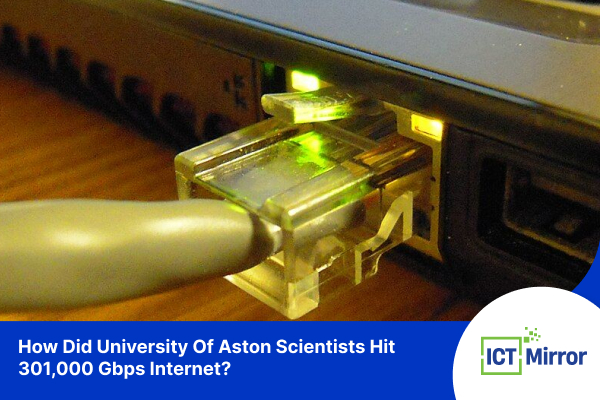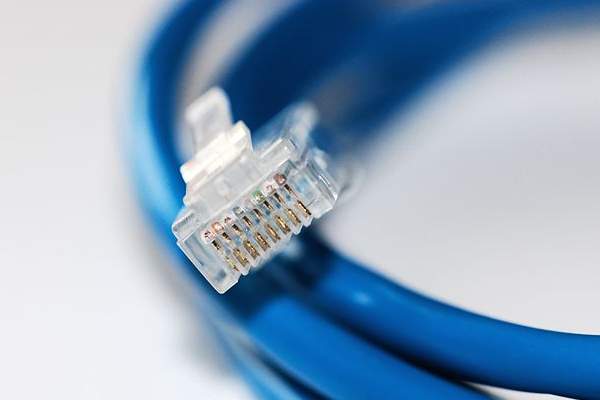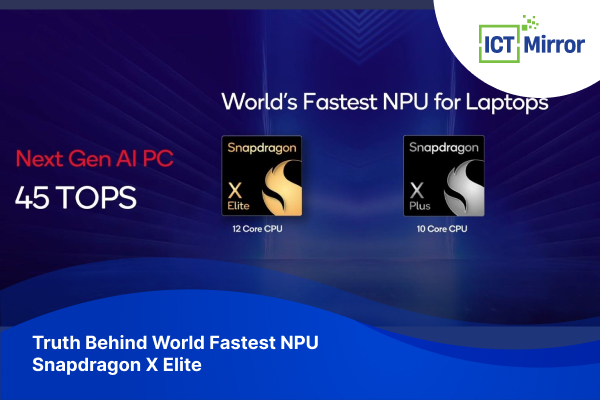How Did University Of Aston Scientists Hit 301000 Gbps Internet?

By Alexander Johnson - Apr 22, 2024 | Updated On: 22 April, 2024 | 3 min read
By Alexander Johnson , 3 min read - Apr 22, 2024
Updated On: 22 April, 2024

Aston Scientists Hit 301000 Gbps Internet. Image Credit: Wikimedia Commons.
Can you imagine downloading movies and information in the blink of an eye? This might be possible as scientists at the University of Aston have taken an enormous leap forward to make our unimaginable imagination a reality.
Yes, Aston scientists hit 301000 Gbps internet. So, How did they achieve this nearly impossible task? Follow this article until the end to find out everything about their process.
What Did the Researchers Do?
The researchers at the University of Aston have accomplished an enormous feat. They have successfully sent data at a fantastic speed, nearly five times faster than other home broadband.
The scientists transferred data at a rate of 301 terabits per second using a single, standard optical fiber. It is not the only latest innovation we have heard about this week, as Japan has unveiled its eco-friendly plastic.
According to Aston’s official website and the paper published by the scientists, the rate of speed is the fastest ever. It was done by opening up particular new wavelength bands that had not been used in fiber optic systems yet.
Who Are the Scientists?
The magical minds behind this fantastic invention are Aston University researchers Professor Wladek Foryseak and Dr Ian Phillips.
Wladek is a professor at the College of Engineering and Physical Sciences. On the other hand, Ian is a School of Computer Science and Digital Technologies member. He is also a teaching fellow at the Electronics and Computer Engineering division.

Aston Scientists Hit 301000 Gbps Internet. Image Credit: LinkedIn.
The professors were part of the team that amazingly and successfully transmitted the data. The work was done in collaboration with National Institute of Information and Communications Technology (NICT) researchers and Nokia Bell Labs.
ALSO READ: This Is How Chinese BYD Outsold Tesla In The Global Market!
Aston Scientists Hit 301000 Gbps Internet
As soon as the news hit the Internet, it became one of the most searched topics on search and browsers.
We all know that the demand for more data is increasing each day. Thus, this new innovation – that beams internet speed at 301,000 Gbps over a single, standard optical fibre – will surely assist in keeping up with the data demand in the future.
Since regular copper cables cannot carry data at such high speeds, scientists have used optical fibers and small tubular strands of glass to communicate information using light.
How Did They Achieve this Feat?
As mentioned in the research paper and Aston’s official news site, this nearly impossible task was carried out by opening new wavelength bands. It was done like this because various wavelength bands are identical to different light colors while transmitting down the optical fiber.
Similarly, Aston scientists hit 301000 Gbps Internet by creating two new devices called optical gain equalizers and optical amplifiers.
We also know that other scientists have sent even faster internet speeds at more than one million Gbps. They split the optical light into extra wavelengths to improve data transmission rates.

Aston Scientists Hit 301000 Gbps Internet. Image Credit: Devcore.
However, the innovation from Aston University researchers says that the solutions might need upgrading a complete optical fiber network.
Moreover, Aston University has worked tirelessly to develop optical amplifiers operating in the E-band for the last few years. It can be situated adjoined to the C-band in the electromagnetic spectrum.
The catch is that the band is nearly three times wider. The researchers claim that proper and controlled emulation of the E-band was not done before Aston scientists hit 301000 Gbps Internet.
On another note, you might be interested in reading about Delivery Drone Startup Zipline Founders.
What Do the Scientists Have to Say About the Result?
Professor Wladek shed some light on the invention and mentioned that the experiment might improve end users’ connections by increasing the backbone network’s transmission.
Moreover, Dr. Phillips said that the data was sent through an optical fiber. The fiber is the same as a home or office internet connection.

Aston Scientists Hit 301000 Gbps Internet. Image Credit: LinkedIn.
The new invention is a greener solution. It is more valuable than deploying new fibers and cables.
As we gear to learn more about the invention, the world might get the internet hundreds of times faster than what they are using now. Let’s wait and see what the future holds.
Did you notice an error ?
Please help us make corrections by submitting a suggestion. Your help is greatly appreciated!










